
Most of your buildings have a shareholder—or maybe two or three—who fit into a particular mold: you know, longer hair, Birkenstocks, vintage Woodstock t-shirts; or maybe yours has the $5,000 suit, $1,000 shoes, and starched attitude. They may look different, but both have the same agenda: “Green our building!”
These eco-conscious folks come in shades from helpful to militant, yet they all want to know how you are going to reduce your building’s carbon footprint. What’s more, they seem to have time on their hands to attend meetings and write thoughtful emails to other people in the building. In some incarnations, they want to do expensive pet projects like ground source heat pumps, solar panels, green roofs and windmills. Others want to go basic: organize recycling, green the cleaning practices, and train the maintenance staff.
Q. What to do with these diverse, well-meaning folks? Experience says to put them to work. As the managing agent and board have enough on their respective plates, give them a set of tasks and put them in charge of the green building committee you're going to form (if you haven't already). Here is a list of questions and tasks that can satisfy your building's gung-ho greenies, i.e., environmental activists, and save both money and resources in the process:
Q. What's our energy usage? Recent New York City legislation requires buildings over 50,000 square feet to quantify their heating fuel, electric, and water bills annually, total them, and “benchmark” the building’s energy and water usage. Later, buildings of this size will also need to have energy audits and retrocommissioning studies performed (we’ll discuss this in a future article). The benchmarking tool is free from the New York State Energy Research & Development Authority (NYSERDA), and you can file yours a year ahead of time, while finding out how well (or poorly) your building is doing compared to others. Organizing all of these records, with help from the management company (much of your usage is available online from the utilities or a local water company) is a great organizational tool that your greenie can utilize for the board, it prepares you for the upcoming “benchmarking” regulations, and keeps your green shareholder busy yet involved in a very useful process.
Q. What's our usage per gross square-foot?Research on hundreds of buildings in New York City says the “average” building here uses about 1.1 therms of gas per gross square foot, .9 gallons of #2 oil, .8 gallons of #4 oil, or .7 gallons of #6 oil (the different fuels have different amounts of heat in them, so the average usage for each type of fuel is slightly different). That’s the average, or a grade of “C;” most buildings want to do better than that. The average building also uses about 2 kilowatt hours (kWh) of electricity in its common areas per gross building square-foot, and spends about 58¢ per gross square-foot on water. Talking to your oil company, utilities, and management company to get this information together will take a fair amount of time, but it will be a useful tool for the board to make better fuel purchasing choices going forward.
Q. What’s the next step? Once you’ve identified your biggest utility expense per square foot, consider an approach to reduce that fuel first. GreenHomeNYC is a community-oriented, volunteer-run organization, whose mission is to facilitate the adoption of sustainable building methods and materials by owners of small residential and commercial buildings in New York City. GreenHomeNYC has been organizing a program for the last few years that helps co-op and condo boards walk through this maze, quantifying their usage to demonstrate how well or how poorly their building is doing. The program, called House Calls, is a free service offered to individual buildings that have their greening progress well-organized, or as a seminar for a group of buildings that are trying to start the process. In both cases, GreenHomeNYC staff will teach you how to get your usage organized, get your building “benchmarked” and then explore your options. Find out more at GreenHomeNYC’s website: www.greenhomenyc.org.
Q. Do we really need a windmill? The fact is, most buildings don’t need a lot of the more extravagant green “bling” that many salespeople talk about, because most buildings are fairly inefficient and can benefit far more from some basic nuts-and-bolts repairs. If you walk around your building and see lots of open windows because people are overheated, you don’t need a green roof—you need your timing system properly calibrated and the heating reduced. It is very useful for a building's green committee to survey other shareholders to discuss energy efficiency, comfort, and other related issues. This can be done with small meetings, survey cards, or e-mails. This sort of outreach between the shareholders and board, facilitated by your green subcommittee chairperson, can identify building issues that affect energy use and potential solutions, while thoughtfully engaging other shareholders.
Q. How much will all of this cost? This number is honestly all over the map. Some buildings need to simply tune up or upgrade their systems to run more efficiently; that’s a relatively cheap retrofit. A building that has 60-year-old boilers and a leaky roof has another series of changes that are going to be expensive, yet may not have a great return on investment because most of the work is considered more of a capital improvement. On average, investing $3,000-$5,000 per apartment can cut overall usage of energy and water by 20 percent. If your building is currently an energy-suck, that could mean a three-year return on investment; if you’re a more efficient building, it takes longer to reach that level of savings.
Q. Are there other benefits to greening? You bet. For example, greening your cleaning processes can typically save 25 percent or better on the cost of materials alone. Using safer chemicals in your building reduces occupant complaints and staff sick days. Or imagine how many sanitation tickets you’ll save when your recycling and trash are better separated and brought out to the curb more efficiently. All of these are part of greening your building, and the more involved your shareholders become in the process, the more they will see the rewards.
Q. More and more of our residents are interested in going greener—what should we do? Encourage them! Get an energy audit or retrocommissioning project started; show your building's utility savings to the other shareholders; keep the talk going. Dick Koral of the Apartment House Institute, and founder of the Superintendents Technical Association as well as one of the forefathers of this movement in the city, has been saying for years that “just talking energy efficiency saves 10 percent.” Start exploring these questions in your building, and you and your community's greenies will find he’s right.
F.L. Andrew Padian is a board member of GreenHomeNYC and vice president for Energy Initiatives of The Community Preservation Corporation (CPC), a not-for-profit affordable housing lender throughout NY, NJ, and CT.



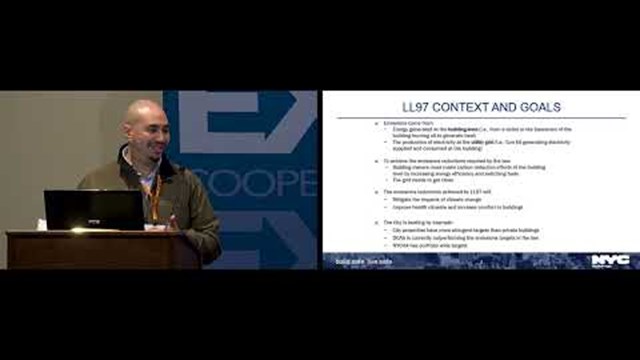
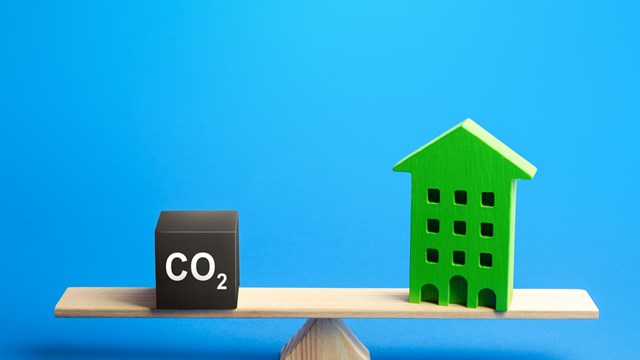
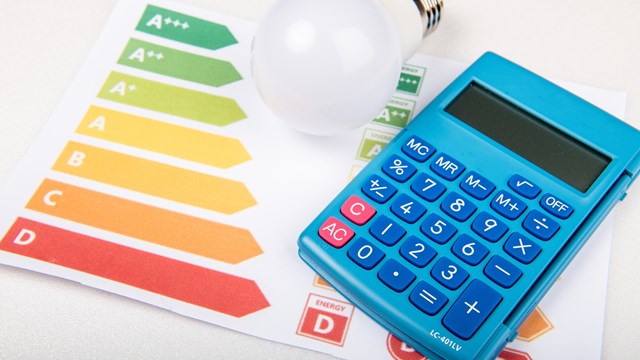
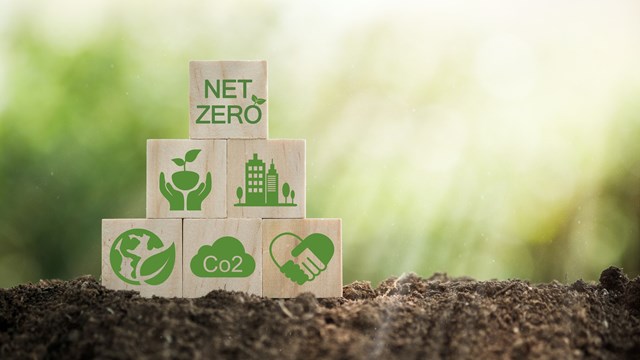

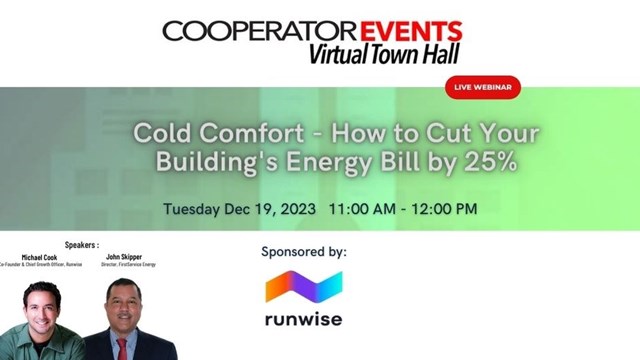
Leave a Comment